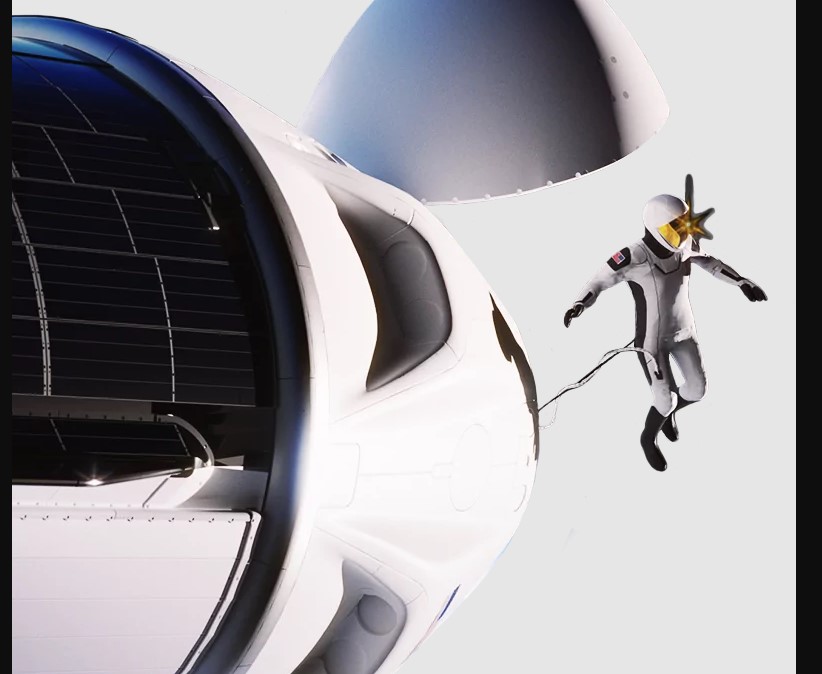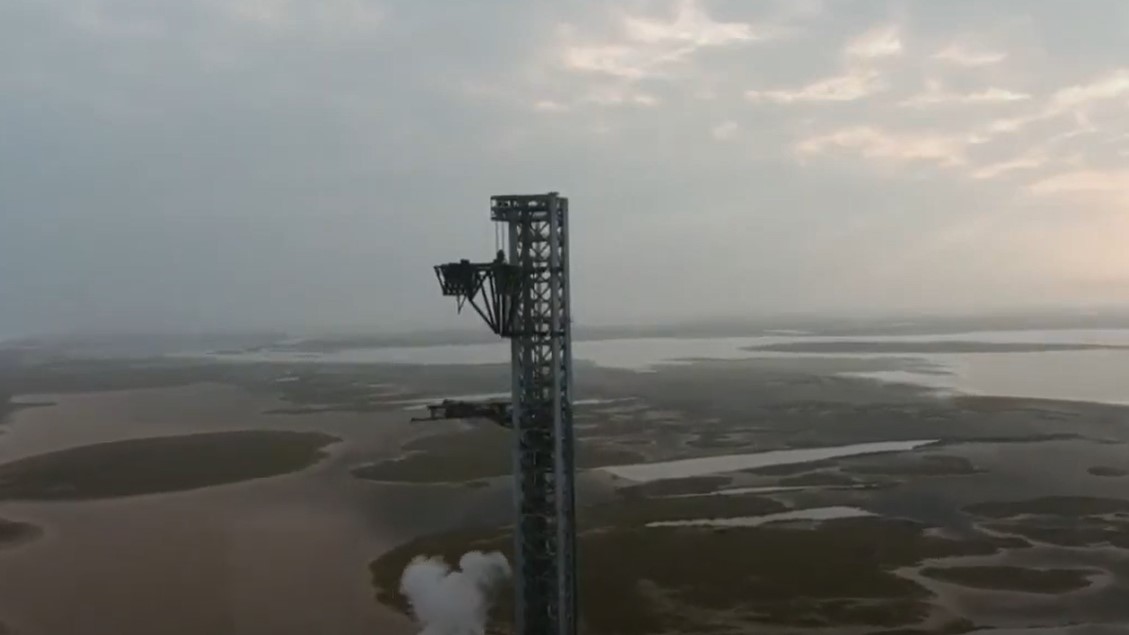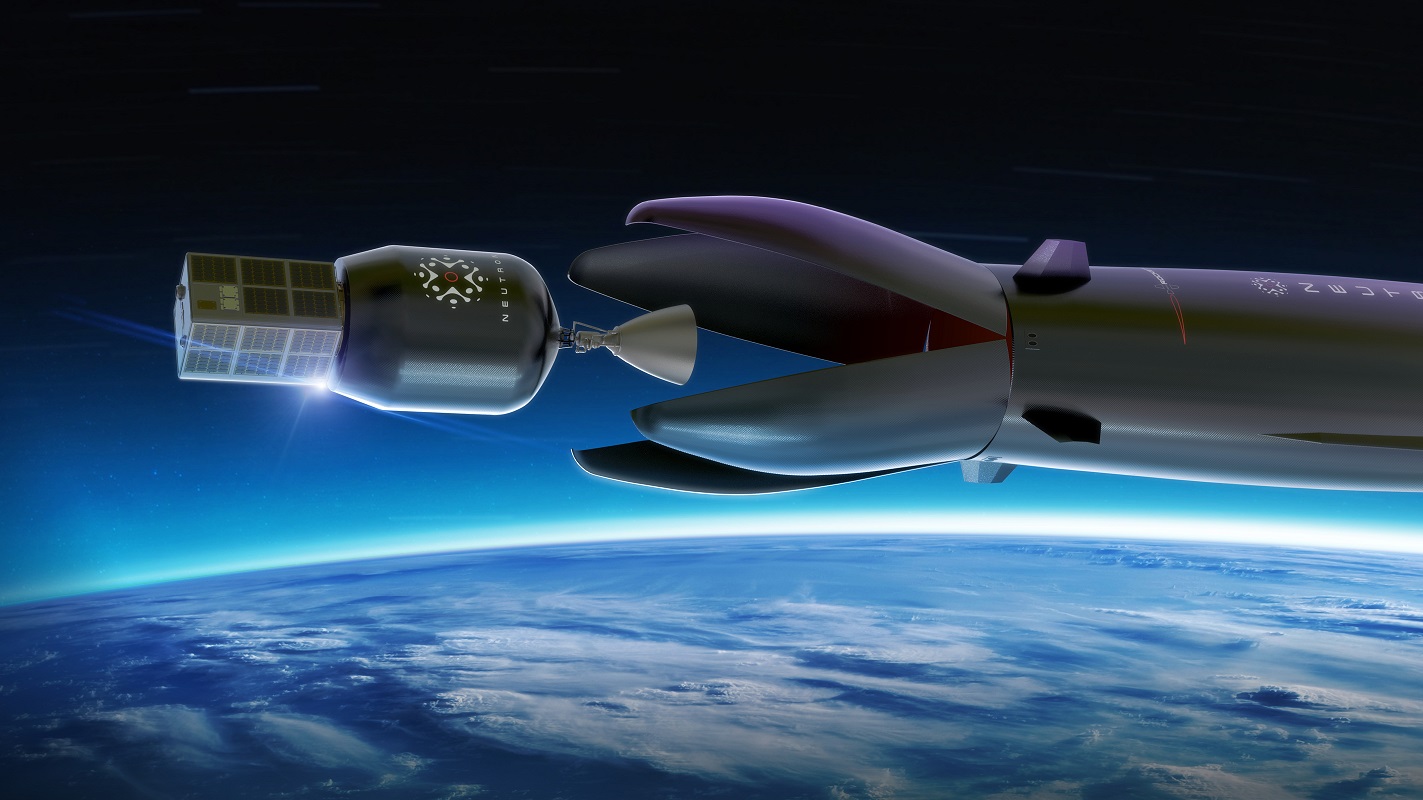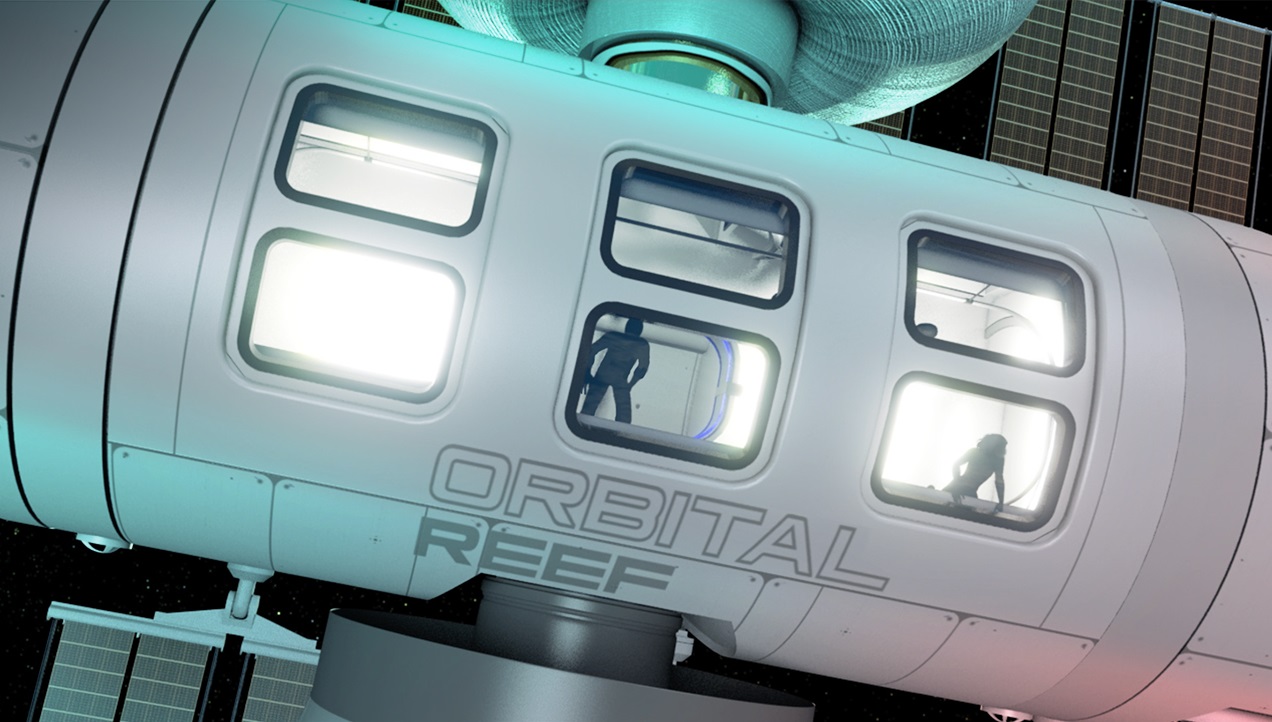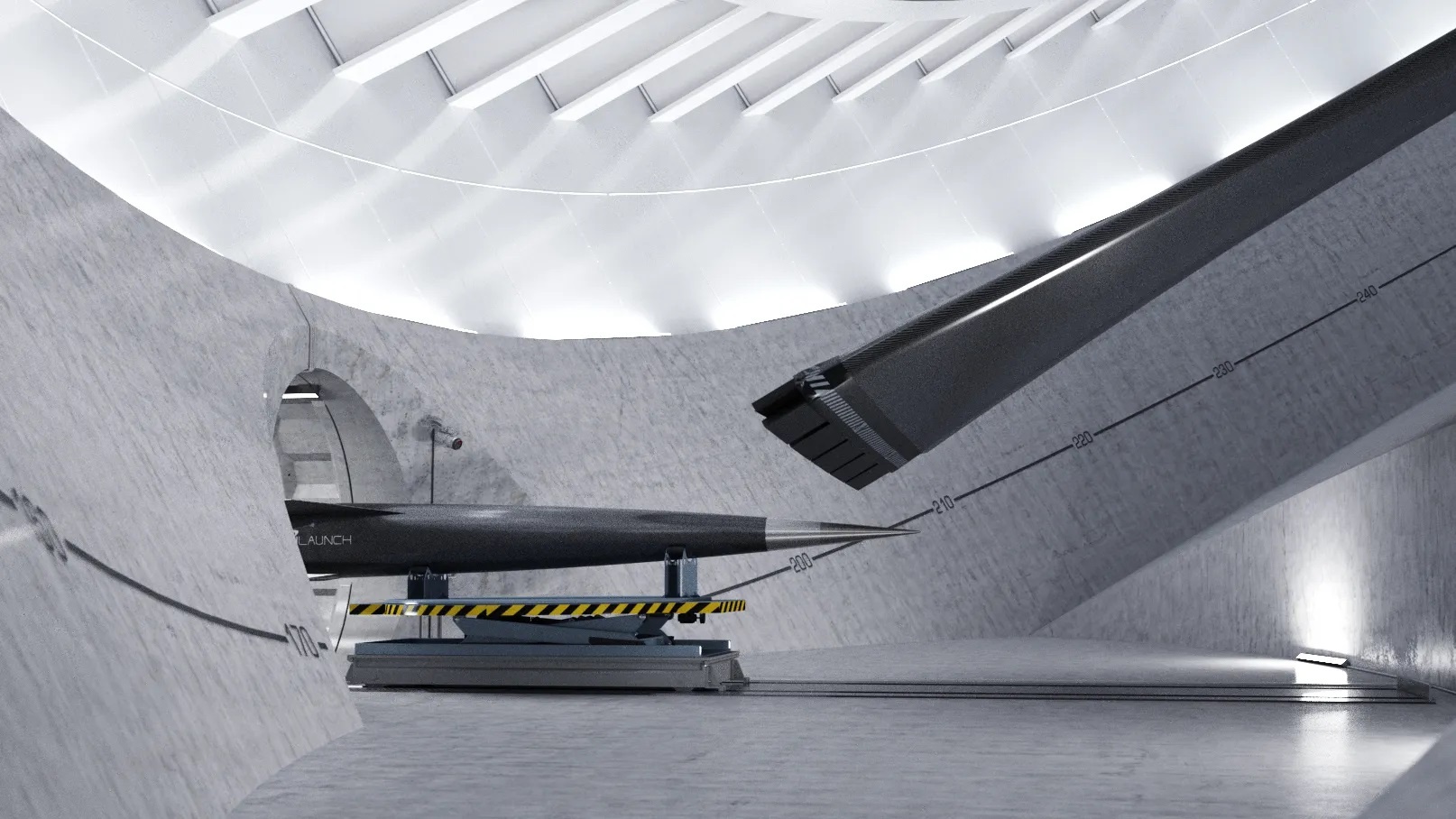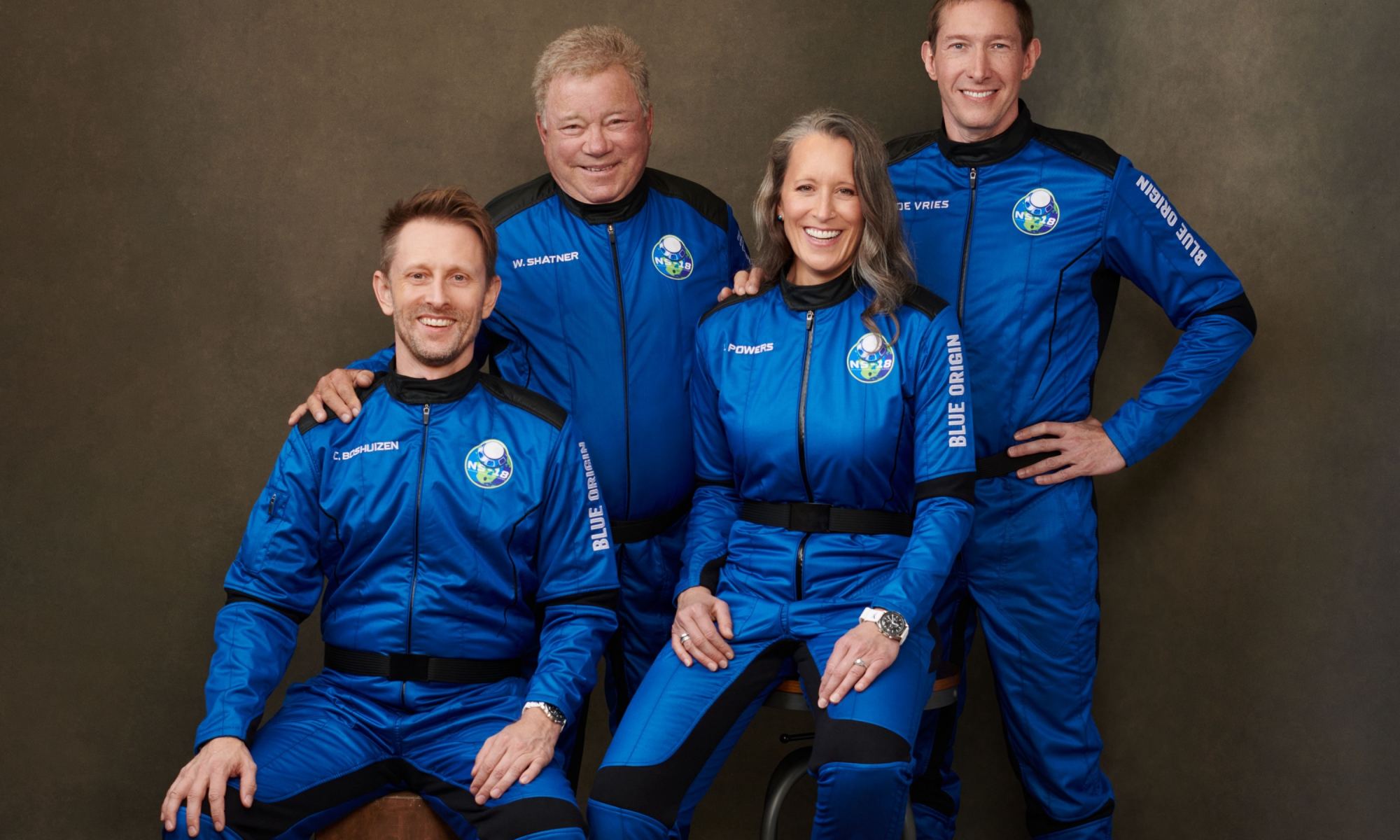Tech billionaire Jared Isaacman who flew to space on the Inspiration4 mission last year has announced another flight, with the aim of conducting the first-ever commercial spacewalk.
Continue reading “Civilian Astronauts are Going to try Spacewalking From a Crew Dragon Capsule”Tom Cruise Movie’s Producers Aim to Add Film Studio to the Space Station in 2024
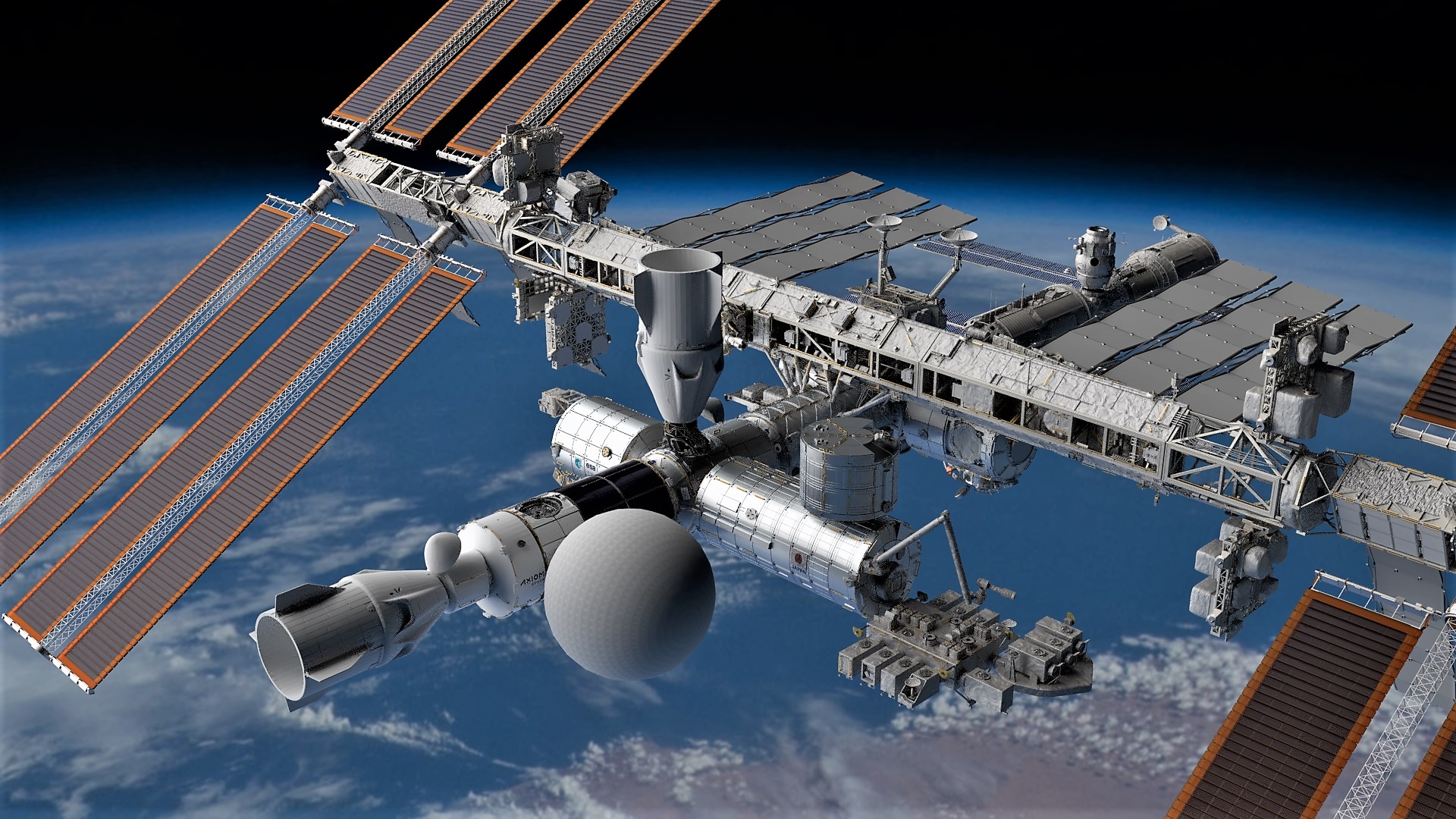
The production company that’s playing a key role in a space movie project involving Tom Cruise says it’s working with Axiom Space to add a sports and entertainment facility to the International Space Station by the end of 2024.
The inflatable module, known as SEE-1, would be built by Axiom for Space Entertainment Enterprise and attached to the commercial complex that Axiom is already planning to put on the space station, SEE said in a Jan. 20 news release.
The facility would provide a studio for film, TV and music production as well as a space for performances and sports events. “SEE-1 is an incredible opportunity for humanity to move into a different realm and start an exciting new chapter in space,” said SEE’s co-founders, Dmitry and Elena Lesnevsky.
Continue reading “Tom Cruise Movie’s Producers Aim to Add Film Studio to the Space Station in 2024”SpaceX Tests its Starship-Catching Launch Tower
If you thought landing a used rocket booster on a barge or a landing pad was crazy idea, take a look at how SpaceX plans to land the big Starship rocket.
The same tower that will be used to launch the rocket will also attempt “catching” the spent booster when it comes back to Earth.
Continue reading “SpaceX Tests its Starship-Catching Launch Tower”Rocket Lab Shows off its new Reusable Neutron Rocket, due for Launch in 2024
On December 2nd, 2021, the commercial space company Rocket Lab unveiled the detailed architecture of their Neutron rocket for the first time. In a live-streamed event, the company showcased all the new elements that will make this “megaconstellation” launcher a serious contender in the coming years. These include updated details about the rocket’s design, materials, propulsion, and reusability architecture.
Continue reading “Rocket Lab Shows off its new Reusable Neutron Rocket, due for Launch in 2024”Alan Shepard’s Daughter Will be Flying on the Next New Shepard Flight
Jeff Bezos has hit a particular stride lately with Blue Origin, the commercial space company he founded in 2000 in the hopes of “building a road to space.” For the sake of fostering interest in the space tourism industry, testing their reusable launch vehicle, and growing his company’s brand, he’s conducting recurring launches with the New Shepard featuring high-profile clientele. At the same time, he aims to make each new launch a record-setting event.
On Nov. 23rd, Blue Origin announced the names of the six people who would fly aboard the New Shepard launch vehicle on its nineteenth flight (NS-19), scheduled for Dec. 9th. Among them is Laura Shepard Churchley, the eldest daughter of astronaut Alan Shepard, the first American astronaut to go to space, the fifth man to walk on the Moon, and for whom the New Shepard launch vehicle is named.
Continue reading “Alan Shepard’s Daughter Will be Flying on the Next New Shepard Flight”NASA Plans to Retire the Space Station in 2030 and Replace it with Commercially Owned “Destinations” in Low Earth Orbit
While it may seem like the International Space Station is just now fully hitting its stride as far as scientific output and the ability for crew rotations from several different spacecraft, the ISS has been operating with astronauts on board for over 21 years. Knowing the modules and entire physical structure cannot endure the long-term effects of the harsh space environment forever, NASA’s Office of the Inspector General has issued a new report outlining the agency’s plans to keep the space station in orbit until 2030, and to replace it with one or more commercial space stations.
Continue reading “NASA Plans to Retire the Space Station in 2030 and Replace it with Commercially Owned “Destinations” in Low Earth Orbit”SpinLaunch Hurls a Test Vehicle Kilometers Into the air. Eventually, it’ll Throw Them Almost all the way to Orbit
For today’s commercial space companies providing launch services to orbit, the name of the game is simple: “do it cheaper.” To reduce the costs of launching payloads to space and encourage the commercialization of Low Earth Orbit (LEO), entrepreneurs have turned to everything from reusable rockets and 3-D printing to air-launch vehicles and high-altitude balloons. And yet, there is one concept that truly seems like something out of this world!
This concept is known as a mass accelerator, a kinetic energy space launch system that is an alternative to chemical rockets. In recent news, the commercial space company SpinLaunch conducted the first launch test of its Suborbital Accelerator for the first time. The success of this vertical test is a crucial stepping stone towards the creation of the company’s proposed Orbital Launch System (OLS), which will conduct regular payload launches soon.
Continue reading “SpinLaunch Hurls a Test Vehicle Kilometers Into the air. Eventually, it’ll Throw Them Almost all the way to Orbit”“Mechazilla” is Getting its Arms. Now it can Catch Starships!
The past few weeks have seen a flurry of activity at SpaceX’s Boca Chica Launch Complex! In addition to the SN 20 prototype completing a static fire test with three of the new Raptor Vacuum 6 engines this month, the facility’s “Mechazilla” Launch Tower recently received a giant pair of steel arms. Once integrated with the ~135m (~450 ft) tower, these arms will be responsible for “catching” spent Starships and Super Heavy boosters as they return to Earth.
The Tower will also prepare missions by stacking first stage boosters with Starships and refueling these elements for the next launch. In this respect, the Launch Tower is a crucial piece of the Orbital Launch Site (OLS) architecture that Elon Musk has planned for Boca Chica. Once the Starship completes its Orbital Flight Test (which could happen soon!), Boca Chica will become a spaceflight hub where launches and retrievals are conducted regularly.
Continue reading ““Mechazilla” is Getting its Arms. Now it can Catch Starships!”William Shatner Completes his Trip to Space With Blue Origin
After traveling to the edge of space this week, William Shatner and the crew of the NS-18 mission made it back to Earth safe and sound. This was the second time Blue Origin’s New Shepard launch vehicle flew to space with a crew aboard, and as with the inaugural flight, Blue Origin founder Jeff Bezos decided to enlist some star power! Who better than the man known to millions of fans as James Tiberius Kirk, Captain of the starship Enterprise?
At 90 years of age, the veteran actor of television, film, and stage is the oldest person to fly to space. The previous record was held by 82-year old veteran aviator Wally Funk, who went to space as part of the first crewed flight of the New Shepard on July 20th. Along with his fellow crewmembers, Shatner’s experienced what it’s like to go to space for the first time from the company’s Launch Site One facility in West Texas.
Continue reading “William Shatner Completes his Trip to Space With Blue Origin”The Astronauts who Would Have Tested Starliner Have Been Reassigned to an Upcoming SpaceX Crew Dragon Launch
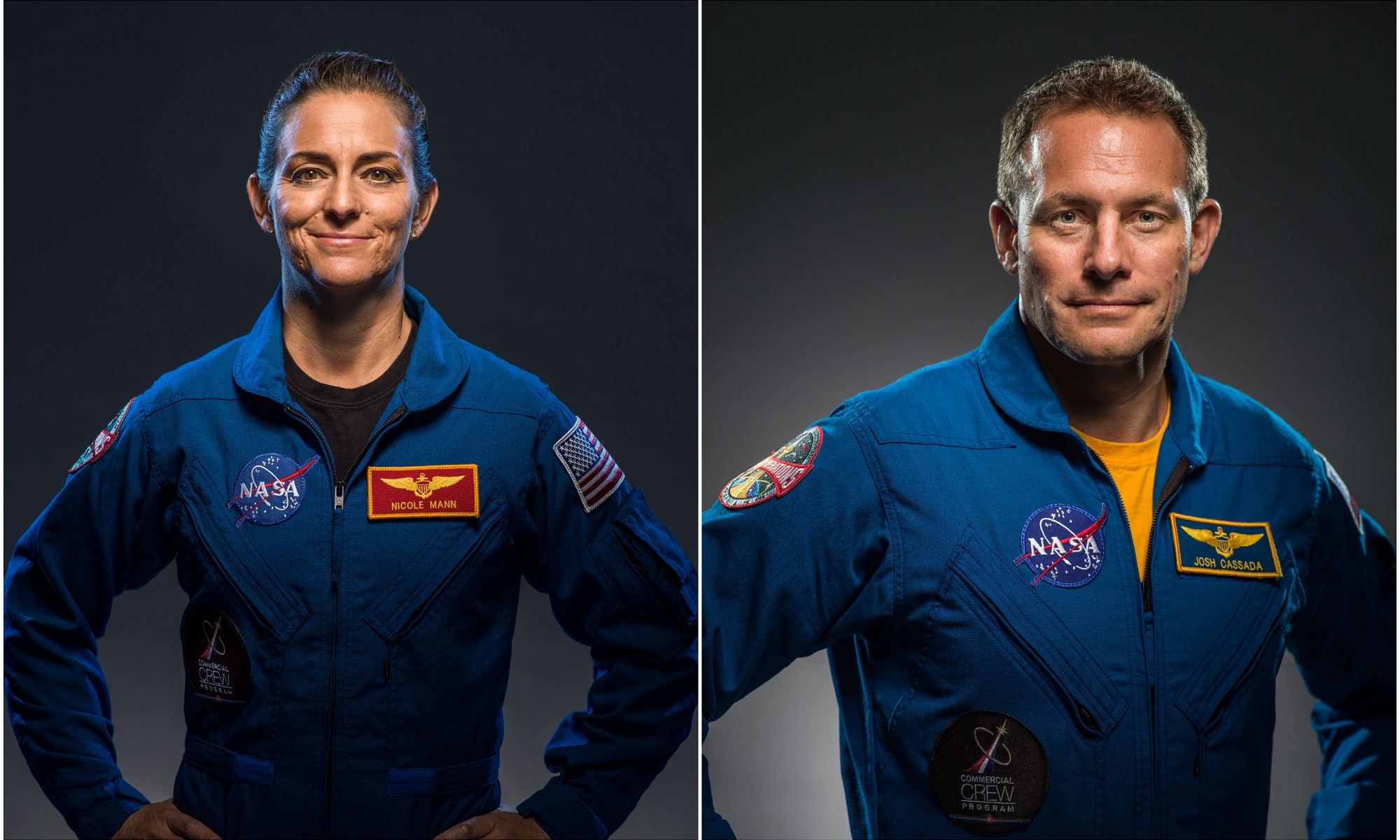
In 2011, NASA announced a bold new program to leverage partnerships between the government and the commercial space sector to restore domestic launch capability. As part of the Commercial Crew Program (CCP), NASA selected Boeing and SpaceX to develop next-generation crew-rated capsules that would transport astronauts and payloads to International Space Station (ISS) and other locations in Low-Earth Orbit (LEO).
While SpaceX has managed to meet all the requirements of the CCP with their Crew Dragon module, Boeing’s Starliner has experienced technical problems and several delays. With the latest delay (caused by the ISS being temporarily pushed out of its orbit), NASA has decided to reassign the astronauts that were scheduled to take the Starliner on its maiden crewed flight (Starliner-1) to the next crewed flight of the SpaceX Crew Dragon to the ISS (Crew-5).
Continue reading “The Astronauts who Would Have Tested Starliner Have Been Reassigned to an Upcoming SpaceX Crew Dragon Launch”
